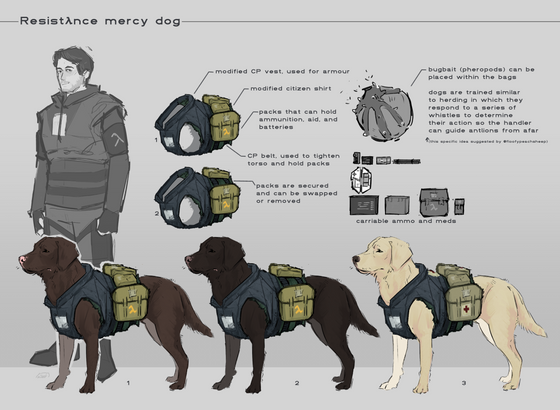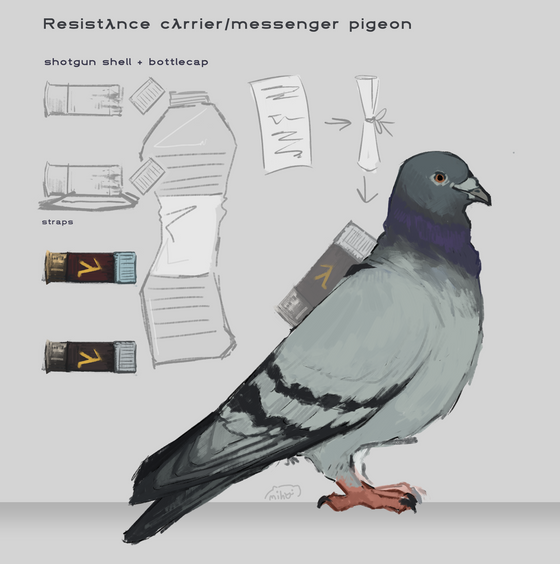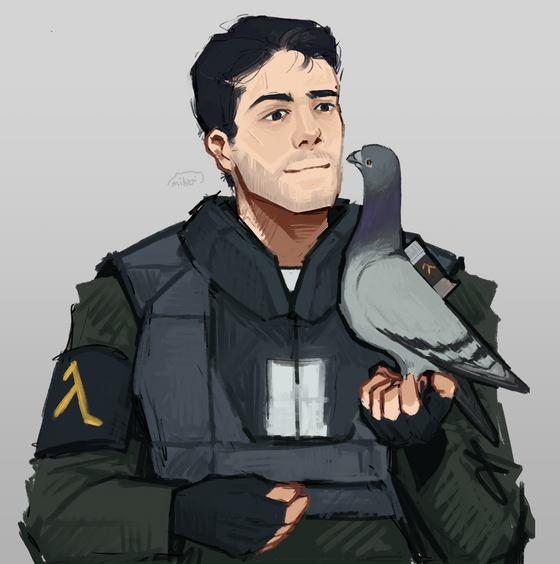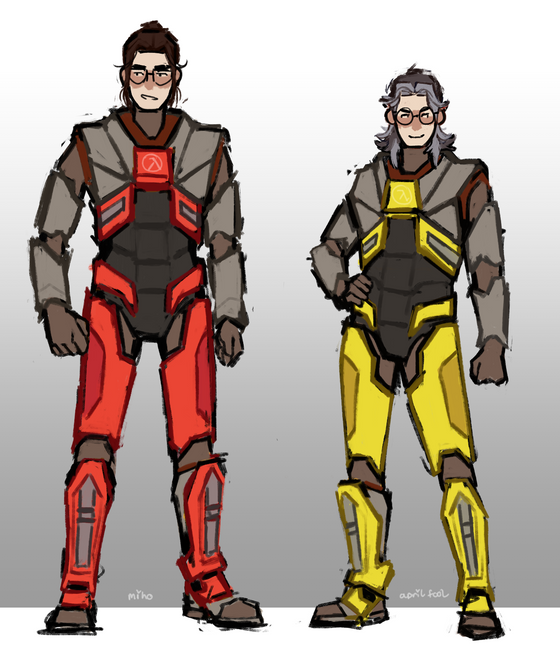
Resistλnce mercy dog Another animal that had faired well with the new conditions on earth were dogs, providing not only moral support to survivors but also much needed physical aid, they were easy to train with what the resistance had on hand. So Barney seized the opportunity, not solely teaching them for combat, but as mercy dogs, going to and from injured survivors or someone in need of aid. Supplies would be placed within their packs that anyone on the ground could access, and then with a s…
 11
11 12
12 12
12 5
5 4
4 3
3















